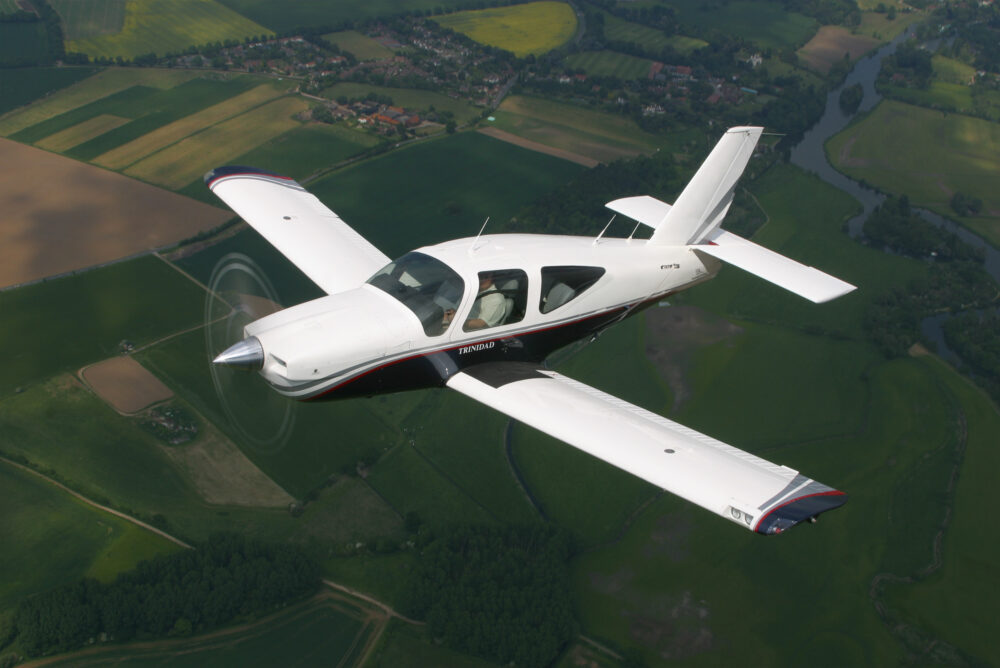TB20 Ongoing costs
The group include a contribution towards an engine fund within the hourly rate, ensuring they have some cash reserves building up for long-term issues. However, initially the group agreed that the aircraft was in such good condition that a general betterment fund wasn’t needed.
But now it has seen a further 10 years of use, the group is looking ahead, and discussions are underway to include a level of betterment.
They are anticipating a respray and interior refurbishment, including having the seats reupholstered and some trim tidied. Having been upgraded soon after purchase, their avionics are up to date, but they have considered supplementing them with some Golze weather kit.
When it comes to regular maintenance, the group carry out the 50-hour checks themselves. More involved work, such as the 100-hour checks and any significant repairs, including engine issues, are outsourced to maintenance organisations, costing £50-100 an hour for labour. This hourly rate is the same as for other light aircraft, but the constant speed propeller and retractable undercarriage are naturally more likely to attract maintenance issues.
In 2023, the group had the unexpected cost of requiring two cylinders to be replaced in their engine, at a cost of approximately £5,000.
Planning ahead
The TB20 has a wing life of 10,000 hours, but there is a Service Bulletin that covers mitigation. Inspections of landing gear and engine mounts are also required. Currently at 3,000 hours, this is far from an immediate priority for the group, who are instead focusing on paintwork and the interior.
The bottom line(s)
In terms of a DOCs (Direct Operating Costs), fuel and oil comes in at £110/hr to which the group adds £35/hr for betterment and an engine fund, making the DOC to £145/hr
Hangarage is currently £6,060 per year
Insurance is ‘only’ £1,700, thanks in part to shopping around, but also the relatively low hull value
Maintenance has been averaging £6,500 a year
This particular TB20 flies for about 100 hours a year. That’s a low to average utilisation for a five person group, and maybe a little high for an individual owner. That makes the hourly cost £288.
If the aeroplane only flew for 50 hours a year (not a bad number for a sole owner) you’d be looking at £430/hr, but ramp up the hours to say 200, and the cost would drop to £216/hr.








